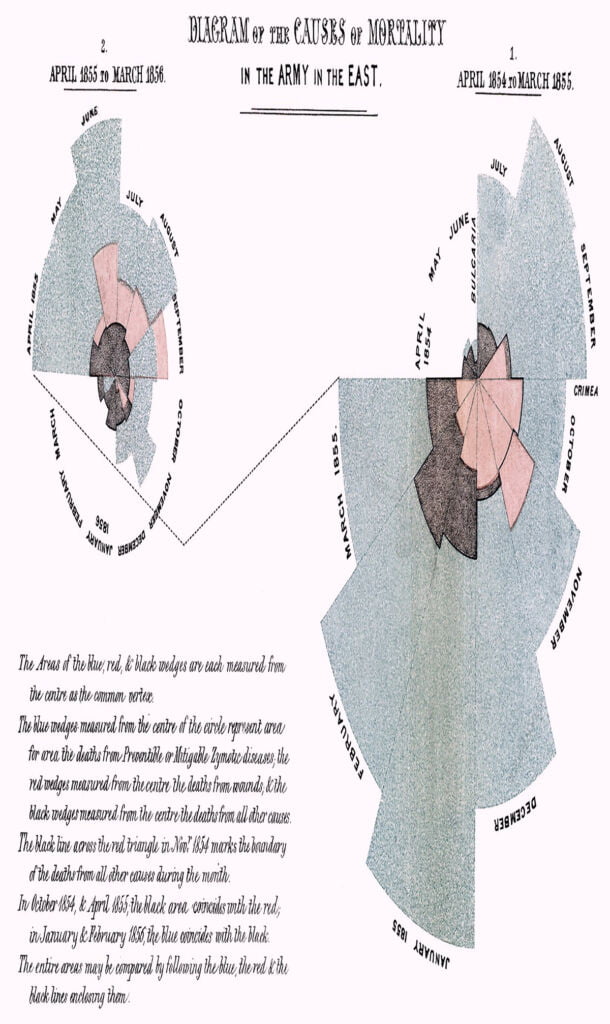Good graphic design plays a pivotal role in both our personal health and the wider health industry.


Did you know that big pharmaceutical companies invest heavily in graphic design as a way of promoting their products to doctors?
Market researchers working in Australia looked at different Pantone colour palettes to figure out which ones produced the greatest ‘turn-off’ effect on consumers for designing cigarette packaging.
When Florence Nightingale (1820-1910) published her report on war hospitals in 1858, she was concerned that statistics on their own seemed dull and that people would not engage fully with their meaning. She decided to include an infographic that she invented herself. Her infographic clearly showed that the biggest cause of deaths was from disease, rather than battle wounds, and this led to critical changes in hygiene standards in hospitals.
As an early user of infographics, Florence Nightingale was able to use her graphic design skills to lead the way for life-saving reforms in hospitals from which we are all still benefitting.


Welcome Collection is a free museum that aims to create opportunities for people to “think deeply about the connections between science, medicine, life and art.” Their website includes an exhibition Can graphic design save your life? (11th September 2017-14th January 2018) showcasing over 200 items, including posters, illuminated signs and digital teaching aids, highlighting how the role of graphic design has been used to communicate global healthcare messages. It clearly shows how expert graphic design can “persuade, inform and empower.”
Graphic design has had a long history of assisting with identifying, fighting, and stopping the spread of diseases. If we think of the recent pandemic and the mixed messaging around COVID19 that included conspiracy theories and fanciful cures, it was clever graphic design that communicated the messages backed by medical expertise. Clear messaging was crucial as we tried to navigate COVID19 and thanks to great graphic design life-saving information did cut through the noise!
Studies show consumers can potentially manage multiple messages on things such as product packaging. Designers are trained to be able to integrate elements into an appealing whole and depending on the design brief will make specific choices for colours, fonts, shapes, configurations, and imagery that will all contribute to ease of interpretation. The process of designing is complex and involves mastering different tools paired with creative intuition and individuality. In the health industry there is an added layer of government rules and regulations that the graphic artist must contend with.
If you are wondering how great graphic design can benefit you and are interested in engaging with an experienced graphic design agency for your next project, then contact us at Fresco Creative.
